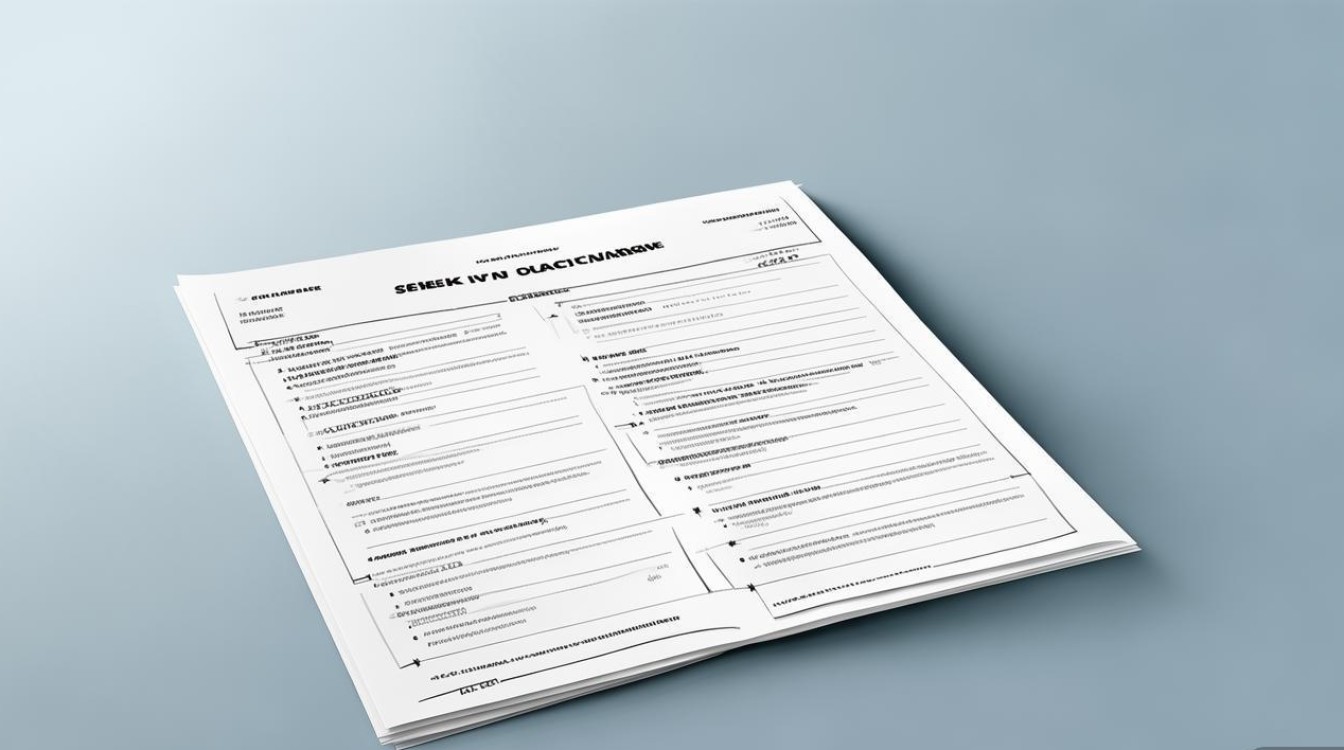模板是“骨架”,而非“血肉”,直接背诵生硬的模板会严重影响你的流利度和自然度,甚至被判为“背诵”,关键在于学习思路、结构和高分词汇/句型,并将其内化,用自己的话自然地表达出来。

第一部分:雅思口语考试结构与评分标准
考试结构 (总时长 11-14分钟)
-
Part 1: Introduction and Interview (4-5分钟)
- 考官会进行自我介绍,核对你的身份,然后就一些日常话题与你进行简短对话。
- 话题示例: Your hometown, accommodation, work/study, hobbies, movies, food, weekends, weather等。
- 目标: 热身,放松,让考官了解你的基本情况。
-
Part 2: Individual Long Turn (3-4分钟)
- 考官给你一张话题卡,上面有1-2个提示问题,你有1分钟准备时间,可以做笔记,然后你需要就这个话题连续说1-2分钟。
- 流程: 1分钟准备 -> 1-2分钟陈述 -> 考官可能会根据你的陈述提1-2个相关问题。
- 目标: 考察你就一个特定话题进行长时间、有逻辑阐述的能力。
-
Part 3: Two-way Discussion (4-5分钟)
- 考官会就Part 2的话题进行更深入、更抽象的延伸和探讨,这部分更像是一场有深度的对话。
- 问题示例: 如果Part 2是关于“一次愉快的旅行”,Part 3可能会问:“旅游对当地经济有什么影响?”“人们为什么会选择去偏远的地方旅行?”“科技如何改变了我们的旅行方式?”
- 目标: 考察你的分析、论证、对比和抽象思维能力。
核心评分标准 (如何拿到高分)
-
Fluency and Coherence (流利度与连贯性)
- 要求: 说话流畅,不频繁、长时间地停顿;逻辑清晰,观点之间有连接词(However, Furthermore, For example等);能自然地拓展话题。
- 扣分点: 过多填充词(um, er, you know)、重复、句子结构单一、思路混乱。
-
Lexical Resource (词汇多样性)
- 要求: 词汇量丰富,能使用地道、不重复的词汇;能使用一些不常见但准确的词汇;注意搭配(collocations)。
- 扣分点: 词汇简单、重复、使用不当(中式英语)。
-
Grammatical Range and Accuracy (语法广度与准确性)
- 要求: 能熟练使用多种复杂句型(如定语从句、状语从句、虚拟语气等);语法错误少,不影响理解。
- 扣分点: 只用简单句、频繁出现语法错误(时态、单复数、冠词等)。
-
Pronunciation (发音)
- 要求: 发音清晰,单词发音准确;重音、节奏和语调自然,能传达出情绪和态度;考官能毫不费力地听懂你。
- 扣分点: 发音错误导致沟通困难、重音错误、语调平淡。
第二部分:各部分备考策略与模板思路
Part 1: 简短回答 + 适度拓展
策略: 不要只回答“Yes/No”,每个问题回答2-3句话,用“观点 + 简单解释/例子”的结构。
示例模板 (以 "Do you like music?" 为例):
- 问题: Do you like music?
- 低分回答: Yes, I like music. (太短)
- 高分思路/模板:
- 直接回答 + 分类/偏好: "Absolutely, I'm a huge fan of music. I enjoy many different genres, but if I had to pick a favorite, I'd say pop music is my go-to."
- 解释原因 + 细节: "Well, I find it really relaxing. After a long day at work/university, putting on some headphones and listening to my favorite songs helps me unwind completely."
- 提及频率/场景: "I listen to music pretty much every day, either on my way to school or when I'm doing housework. It kind of sets the mood for whatever I'm doing."
Part 1 万能连接词/短语:
- 表达兴趣:
I'm quite into...,I'm a big fan of...,I'm really passionate about... - 表达不感兴趣:
To be honest, I'm not that into...,It's not really my cup of tea. - 表示一般:
It's okay, I suppose.,It's not bad, but not great either.
Part 2: 1分钟笔记框架 + 2分钟陈述
策略: 1分钟的准备时间至关重要,不要试图写完整的句子,而是用和符号搭建一个清晰的框架。
笔记框架 (P.R.E.P. 模型变体):
- P (Point - 观点/总起): What is the topic? (一句话概括)
- R (Reason - 原因): Why is it important/interesting to you?
- E (Example - 具体事例): Tell a story. Who? What? When? Where? How? (这是核心,占50%时间)
- E/Feeling (Emotion/Feeling - 感受/影响): How did it make you feel? What did you learn from it?
示例话题卡:
Describe a book you enjoyed reading. You should say:
- what the book is
- when you read it
- what it is about
- and explain why you enjoyed it.
1分钟笔记示例:
- Book: The Little Prince (小王子)
- When: ~15 years old, summer holiday
- Why enjoy?
- Not just kids' story. Deep meaning.
- Simple language, powerful message.
- Made me think about life, friendship, love.
- Example/Story:
- Read in my room, raining outside.
- Felt calm, focused.
- The fox part -> "What is essential is invisible to the eye." -> Changed my view.
2分钟陈述模板 (根据笔记展开):
"Well, I'd like to talk about a book that has a special place in my heart, which is The Little Prince by Antoine de Saint-Exupéry.
I first read it when I was about 15, during a long summer holiday. I remember I was a bit bored and my mom recommended it to me, saying it was a classic.
The book is about a young prince who leaves his tiny asteroid, B-612, and travels to different planets, meeting various eccentric adults like a king, a businessman, and a lamplighter. Eventually, he lands on Earth and befriends a fox, who teaches him one of the most important lessons in the book: 'What is essential is invisible to the eye.'
The main reason I enjoyed it so much is that, despite its simple language and fairy-tale-like appearance, it's actually a profound philosophical story. It’s not just a book for children. At that age, I was starting to think about what really matters in life. The story made me reflect on things like friendship, love, and how we often get caught up in trivial matters as adults. I particularly loved the part with the fox; it taught me about the value of creating bonds and taming each other.
I read it in my bedroom one afternoon when it was raining outside. The atmosphere was so peaceful and quiet, which allowed me to fully immerse myself in the prince's world. It was a very calming yet thought-provoking experience. To this day, I still re-read it from time to time, and it never fails to make me reflect on the simple but essential things in life."
Part 3: 深入探讨与抽象论证
策略: 这部分没有标准答案,关键是展示你的分析能力,使用“观点 + 解释 + 举例 + 对比”的结构来展开。
常用思路和模板句型:
- 分析原因:
"I think the main reason for this trend is..."











